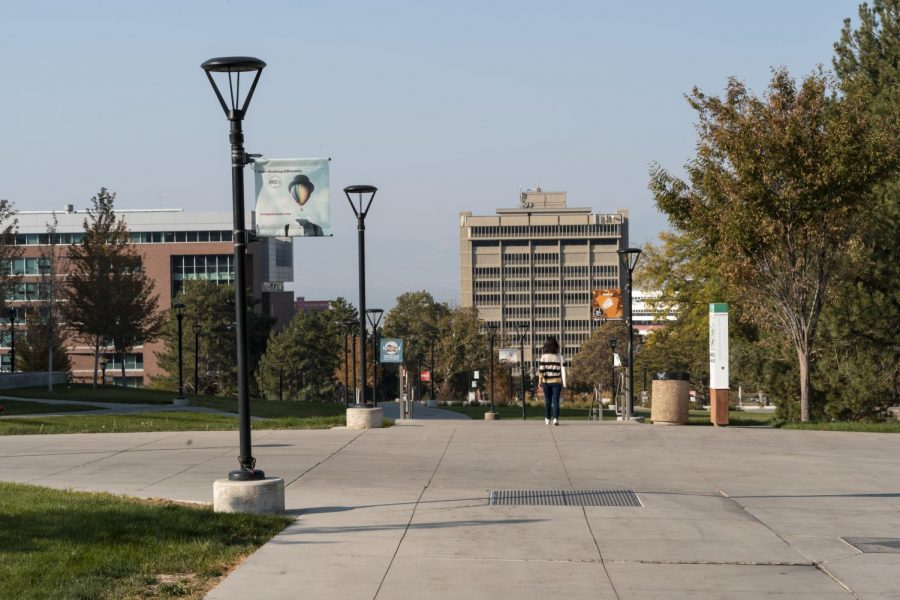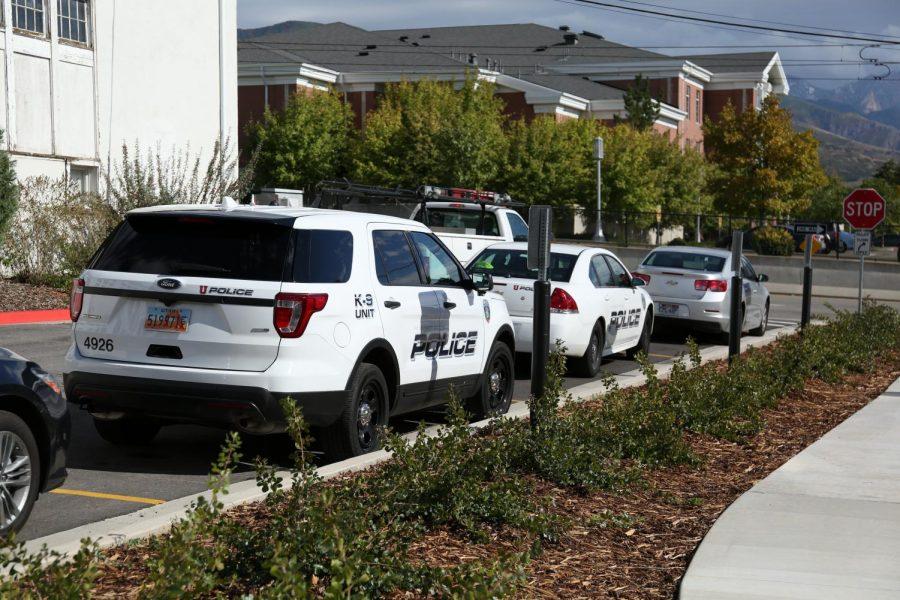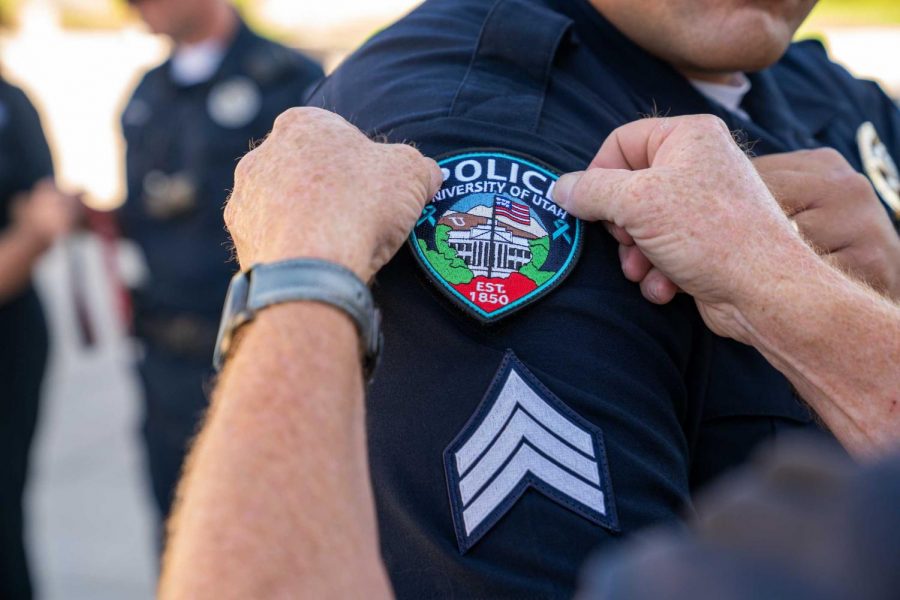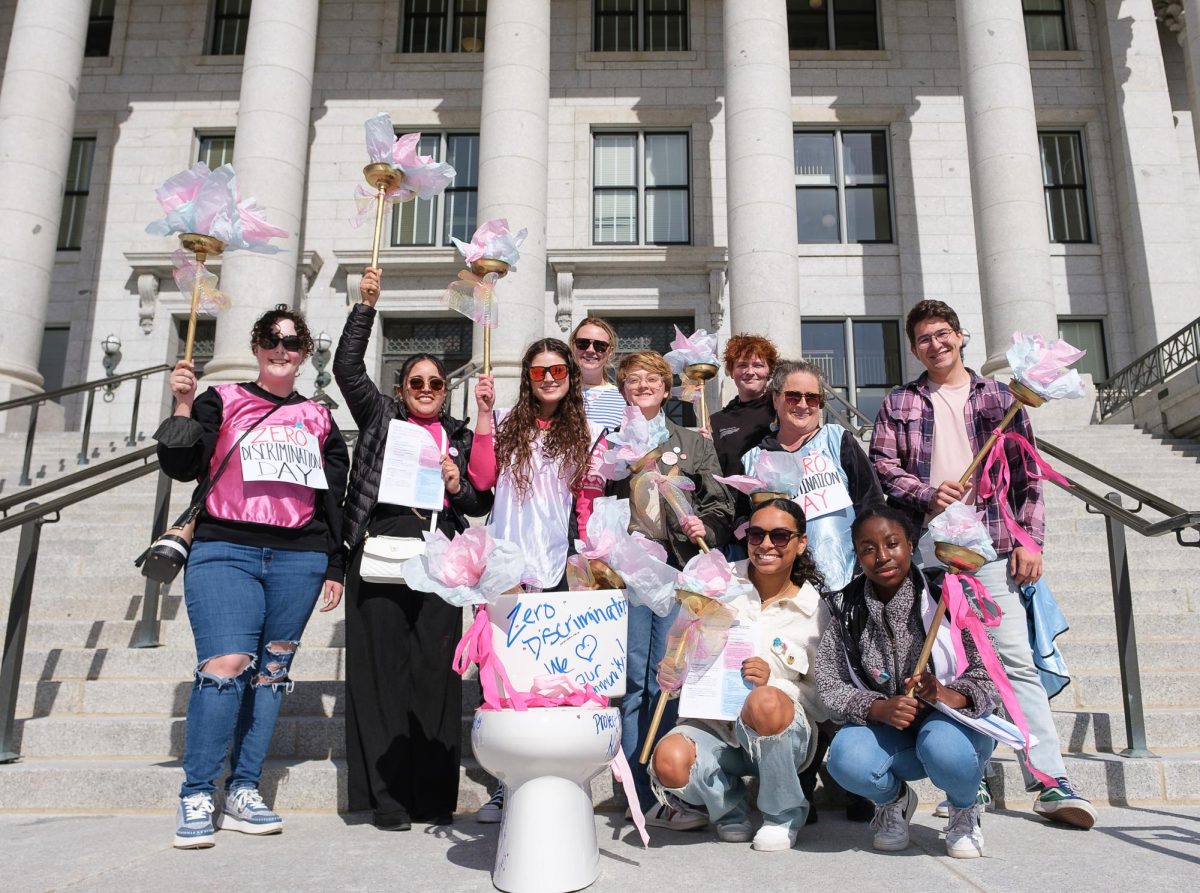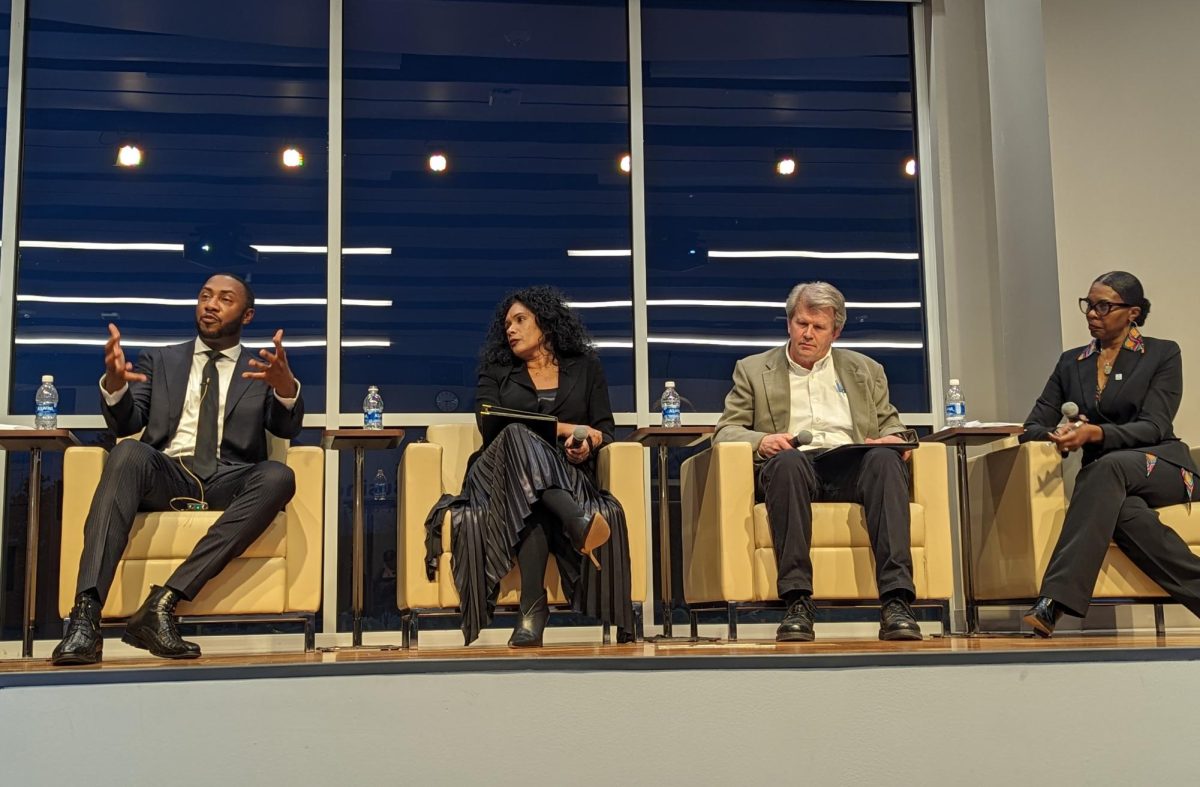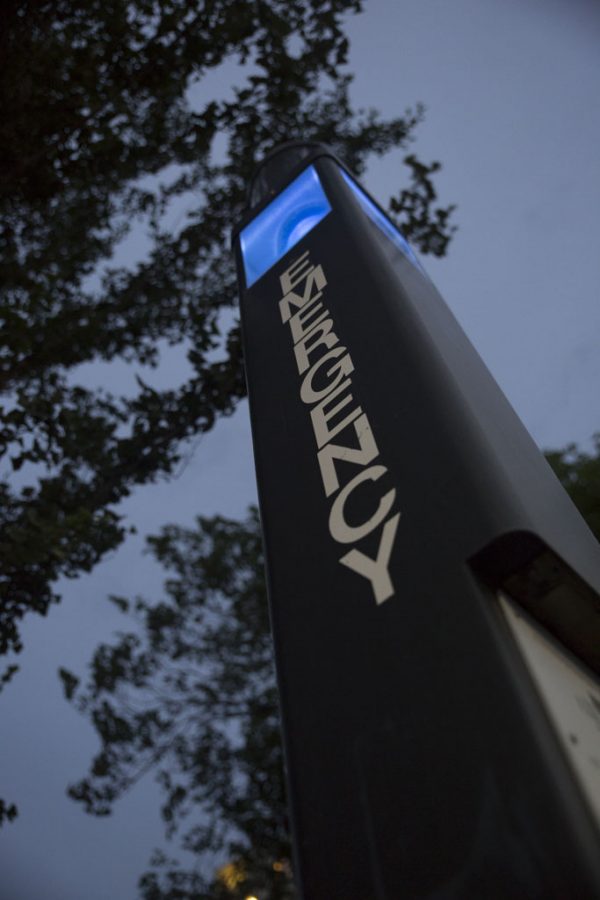Sexual assault can happen to anybody.
A former U student was assaulted last February. Following the attack, she was confined to her bed for days, consumed by depression. She had been trained as a victim advocate herself before she was assaulted.
After filing with the Title IX office at the U, it took only a month for them to determine that she did not have enough evidence to substantiate her claim. It would take another nine months, an appeal and a panel of students, faculty and staff to complete their investigation and determine that she had more likely than not been assaulted by her fellow student. In that time, they had both graduated.
Why are universities in charge of these investigations? What options do victims of sexual assault have? First, students need to understand the system in place.
The Process
A victim of sexual assault has a number of avenues they can pursue, none of which are free from confusion.
The Center for Student Wellness is there, whether the victim is a student or not. Not only do they help with understanding the options for reporting but they also help guide the victim through the process from start to finish.
Education = Empowerment
In this framework, the Wellness Center helps educate the victims on options for reporting, support and even attends meetings with them. If the victim decides to report to Title IX, the victim advocates will attend meetings and doctor appointments with them and assist them in acquiring financial aid through Utah’s Office for Victims of Crime for medical services, counseling and even the cost of relocating if they do not feel safe.
Victims of sexual assault can approach the police department, but this must be done within appropriate jurisdiction. If the assault was on campus, it goes through the University Police Department (UPD) and will be pursued as a criminal investigation. They will interview both the suspect and victim, gather evidence and, if done through the UPD, present their findings to the district attorney for final review and charges.
A victim can approach the Office of the Dean of Students who will assist them in filing proceedings through the school and through the Office of Equal Opportunity (OEO) and Title IX, or students can approach OEO directly. This must be done within 120 days of “the last discriminatory act” or be granted special permission. Faculty and staff who have knowledge of sexual misconduct are required to report it to the Title IX coordinator. Even if the victim chooses not to file a report, if campus safety is at stake, the investigation must go on without the involvement of the victim.
The process, which can take up to 45 business days for the initial report and sanctions to be determined, consists of meeting with the “complainant” and going over the incident, potential witnesses and protective measures, then meeting with the “respondent” and reviewing their story and any witnesses. The “respondent” is then asked to provide a written statement in response to the allegations. After collecting all of the evidence possible, they then determine if there was a violation of the university sexual misconduct code. A report is compiled and given to both parties. Both parties have the opportunity to respond to the report’s accuracy and call an evidentiary hearing if they are not in agreement. If they do not reach a resolution based on the initial process, they can file for a hearing committee, consisting of five individuals (student, staff and faculty) to do a similar process, and are given the opportunity for opening statements, witnesses and questioning. In the hearing process, they have the option for advisers to be present who can ask questions on their behalf and make a closing statement.
The divergence of these two processes begins with the organizations’ missions. For the police department, it is to prevent crime in accordance with state and federal laws. For the Dean’s Office, it is to “determine if university policy has been violated, provide resolutions that attempt to educate respondents, remedy the effects of misconduct, and protect individuals in the campus community from further misconduct” in accordance with University policy. Through the OEO, a victim must have a preponderance of the evidence (over 50 percent likelihood that a policy has been broken), while for the police it must be beyond a reasonable doubt. These could mean very different things depending on the case. The school can issue sanctions for the perpetrator including “dismissal, suspension, education outcomes, [and/or] no contact orders” while the criminal justice system can lead to incarceration.
The Bigger Picture
Due to the amount of time it took to give the victim a decision, the aforementioned U student led a federal complaint with the Department of Education’s Office of Civil Rights against the U regarding how the process was handled. Complaints like this are not uncommon. Just this past May, the U.S. Department of Education’s Office for Civil Rights released a list of institutions who are currently under investigation regarding violations of the federal law surrounding the process of investigating sexual violence and harassment reports. Fifty-five schools were on the list, not including the U.
There has been some question as to why schools are in charge of sexual assault investigations. The purpose of Title IX is to combat inequality based on gender and promote equal access to education, and they recognize that “rape and other forms of gender-based violence manifest and perpetuate inequality.” So people have a choice: criminal vs. civil pursuit of the perpetrator, or both. There are some states that do not have options for an individual who is a man assaulted by someone of the same sex. This leaves Title IX and school-reporting as the only option for some people.
The nation is pushing to combat sexual violence on campuses all the way to the White House with “It’s on Us.” The Dean’s Office and Center for Student Wellness meet to get an accurate picture of our campus’s state in the frame of sexual misconduct looking at individuals who either went to one or both of the offices while completely protecting the privacy and identity of the victim. They collaborate in an effort to understand the issue and provide effective resources.
According to the 2015 Clery Report, in 2014 the U had 19 events of sexual violence on campus. This does not include any events that occurred off-campus or were not reported through the police.
For every 46 reported rape cases, only three perpetrators will spend time in prison. Reporting sexual violence to the police can be a long process and potentially more taxing than an investigation through Title IX, which is in a student framework. Title IX and the OEO have the power to work with changing classes and ensure the student feels safe on campus, especially if the perpetrator is also a student.
@ZoeKozlowski












